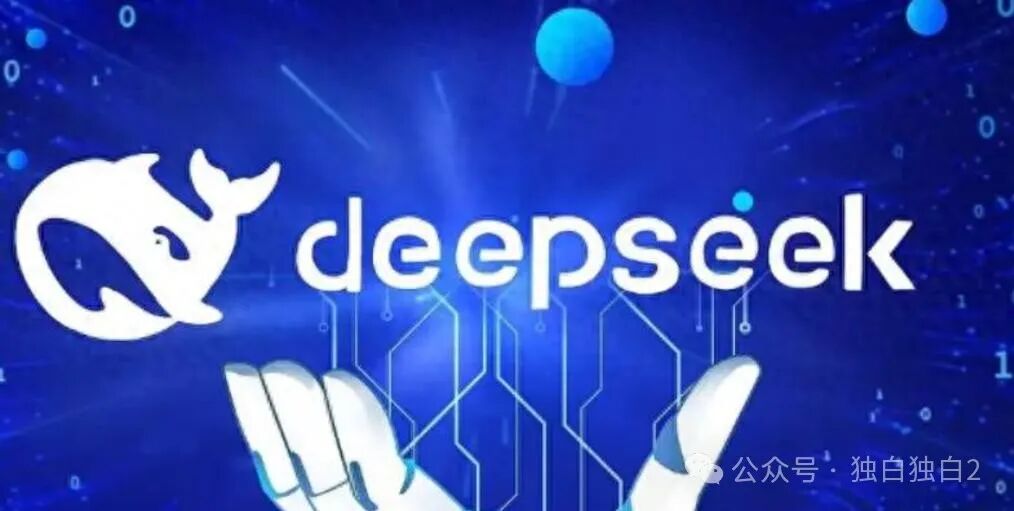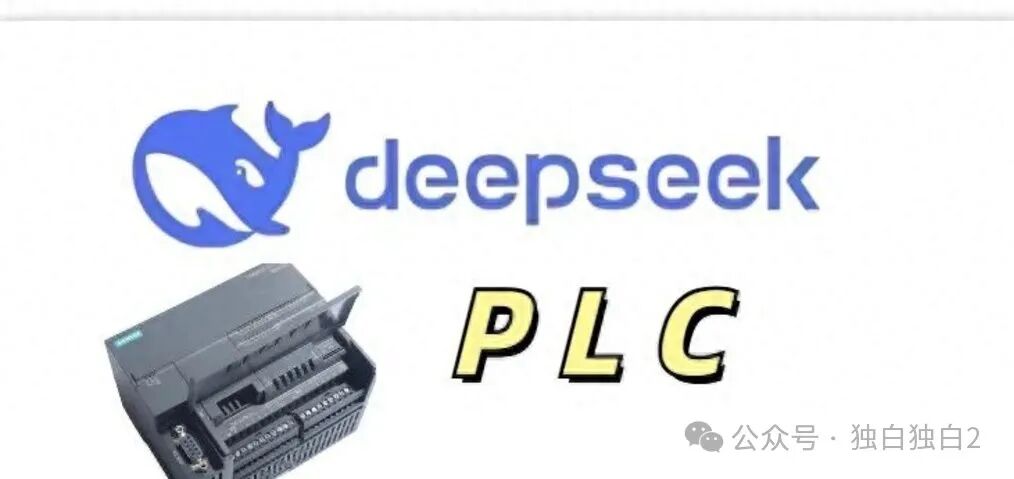
Click the blue text to follow us

Hello everyone, I am Sister Fang!
Today, we are going to talk about a particularly interesting topic: the combination and application of PLC and DeepSeek in automated inspection systems.
Does it sound a bit complicated?
Don’t worry, Sister Fang will use the simplest language to guide you in easily understanding and teach you how to use these technologies to solve practical problems.
Through this article, you will learn the following:
- What are PLC and DeepSeek? What are their characteristics and functions?
- What are the principles and benefits of their combination?
- How to make them work together in automated inspection systems?
- Potential problems in applications and solutions.
After reading this article, you will find that the world of automation combining PLC and AI technology is not so far away, and you can even practice it yourself.

1. A Brief Introduction to PLC and DeepSeek
Before diving into the main topic, let’s first understand these two technologies:
1. What is PLC?
PLC, short for Programmable Logic Controller, is the “brain” of industrial automation. Its main function is to receive data from external sensors and control the operation of devices according to set logic, such as starting a robotic arm or adjusting the speed of a conveyor belt.Characteristics:
- Stable and Reliable: PLC can operate stably for long periods even in harsh industrial environments.
- Easy to Program: Complex industrial equipment can be controlled through simple ladder diagrams or function blocks.
- Strong Real-time Performance: It can quickly respond to input signals from devices, such as switch states and sensor data.
2. What is DeepSeek?
DeepSeek is an emerging domestic artificial intelligence model with powerful data analysis and prediction capabilities. It excels at mining patterns from massive data and generating optimization strategies to enhance system efficiency.Core Functions:
- Fault Prediction: It can detect potential equipment failures in advance, avoiding downtime and losses.
- Data Optimization: By analyzing production data, it provides optimal operational suggestions, such as how to improve efficiency or reduce costs.
- Self-learning: It can adjust strategies based on changing production conditions, adapting to complex industrial environments.
In simple terms, PLC is the “commander” executing operations, while DeepSeek is the “think tank” providing decisions.

2. Advantages of Their Combination
The combination of PLC and DeepSeek is like putting a “steady driver” and a “smart navigation assistant” in the same vehicle. Their collaborative division of labor can make automated inspection systems more efficient and intelligent.
1. Strong Complementarity
PLC excels at real-time control of on-site equipment, executing simple logical tasks; while DeepSeek is adept at handling complex analysis and prediction tasks. The combination of the two can achieve comprehensive coverage from basic control to intelligent optimization.
Example: In a food and beverage production line, PLC is responsible for controlling the operation of filling and packaging equipment; while DeepSeek analyzes data to optimize filling amounts and packaging speeds, reducing waste.

2. Enhanced Inspection Efficiency
In automated inspection systems, DeepSeek can help PLC achieve more precise inspections. For example, DeepSeek can analyze sensor data to identify minor defects in products, while PLC controls devices to remove them based on instructions.
3. Reduced Operating Costs
Through DeepSeek’s energy management capabilities, PLC can dynamically adjust equipment power based on actual needs, reducing energy waste. Predicting equipment failures in advance can also save maintenance costs.

3. Design Approach: How to Make PLC and DeepSeek Work Together?
To achieve the combination of PLC and DeepSeek, the design can typically follow these steps:
1. Data Collection
PLC collects inspection data from sensors, cameras, and other devices, and sends this data to DeepSeek for analysis. For example, in a smart inspection system, PLC can collect product image information, temperature data, etc.
2. Data Analysis
After receiving the data, DeepSeek uses deep learning algorithms to analyze whether the product is qualified. If an anomaly is detected, DeepSeek generates optimization suggestions or alarm information.
3. Control Execution
PLC controls devices to perform corresponding actions based on DeepSeek’s analysis results, such as removing unqualified products or adjusting production parameters.
Tip: Here, you can think of DeepSeek as a “data analysis expert,” while PLC is the “executor.” Their collaborative relationship is very similar to that of a “decision-maker” and an “actor” in a team.

4. Practical Application Case: Automated Inspection of Smart Filling Lines
To help everyone understand more intuitively, Sister Fang will use an example to illustrate the combination of PLC and DeepSeek.
Scenario Description
In a food factory, the beverage filling line needs to ensure that the filling amount of each bottle is accurate. Traditional methods can only control the filling time through fixed programs, but due to pressure fluctuations, environmental temperature, and other factors, the filling amount can be unstable.

Solution
- PLC Responsible for Basic Control: PLC controls the start and stop of the filling machine according to established logic, ensuring basic filling operations.
- DeepSeek Optimizes Filling Accuracy: DeepSeek analyzes real-time collected filling weight data, identifies factors affecting filling accuracy, and sends adjustment suggestions to PLC, such as increasing filling time or adjusting equipment pressure.
- Detection and Removal: Through integrated weight sensors, DeepSeek can identify underfilled or overfilled bottles and instruct PLC to control the robotic arm to remove unqualified products.
Effect: Through the combination of the two, the qualification rate of the filling line has significantly improved, while reducing raw material waste.

5. Debugging and Common Issues
During implementation, the following issues may arise, and Sister Fang has also prepared solutions for you:
1. Communication Issues
Problem: PLC and DeepSeek need to communicate via industrial networks, but data transmission may have delays.Solution: Choose communication protocols that support low latency (such as MODBUS TCP or PROFINET) and optimize network structure.
2. Data Inconsistency
Problem: The data analyzed by DeepSeek may deviate from the data collected by PLC.Solution: Regularly calibrate sensors and fine-tune DeepSeek’s algorithms to ensure data consistency.
3. Fault Handling
Problem: Errors in DeepSeek’s analysis may lead to system misoperations.Solution: Set redundancy logic in PLC to ensure that DeepSeek’s suggestions are verified before execution.

6. Application Prospects and Summary
The combination of PLC and DeepSeek can be applied not only in food and beverage production but also in automotive manufacturing, electronic assembly, and other fields. Their synergistic effect can help various industries achieve smarter production and more efficient inspection.
Your Next Steps
- Find a PLC device and try to learn how to perform simple logical control with it.
- Learn more about the basics of artificial intelligence algorithms, such as deep learning.
- Combine the two to build a small automated inspection experiment and experience the charm of intelligent control!
Through this article, you should have a preliminary understanding of the combination of PLC and DeepSeek. Get hands-on practice, and Sister Fang believes you will become an expert in the field of industrial automation! If you have any questions, feel free to leave a message, and Sister Fang is always online to answer your queries!

Click
Share
Let more friends see